These 5 Radar Systems Are Being Used In The Indian Army
Dhir Acharya - Jun 08, 2019
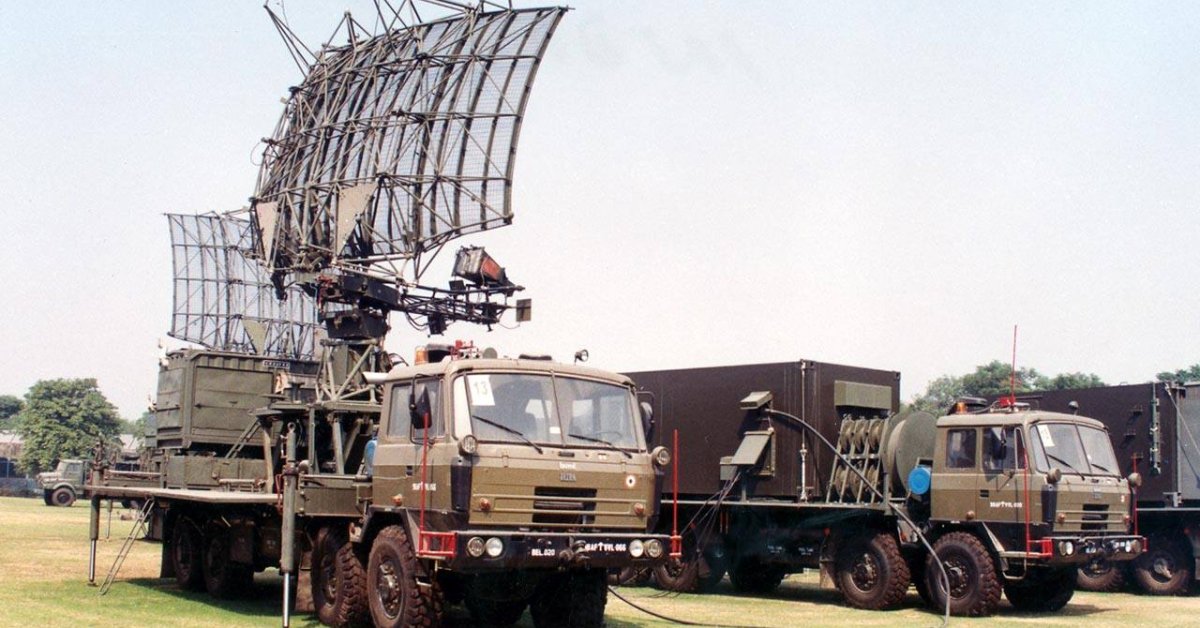
In the military, radar systems are the most familiar technology, with radar antennas at airports as well as other ground stations.
- List Of Top 10 Most Popular Guns Of The Indian Army
- Delhi Is The World’s Most Polluted Capital City For Three Years In A Row
- Indian Farmers Install High-Tech, Night-Vision CCTV Cameras To Protect Themselves
Radar systems are detection systems for determining the velocity, angle, and range of objects through the use of radio waves. The system can also be helpful in detecting terrain, weather formations, motor vehicles, guided missiles, spacecraft, ships, and aircraft.
Generally, the RADAR system has a transmitter that generates an electromagnetic signal radiated into space using an antenna. When striking an object, this signal will be reflected or radiated in several directions. Then, the radar antenna receives the reflected signal and deliver it to the receiver. The receiver will then process it to determine the object’s geographical statistics.
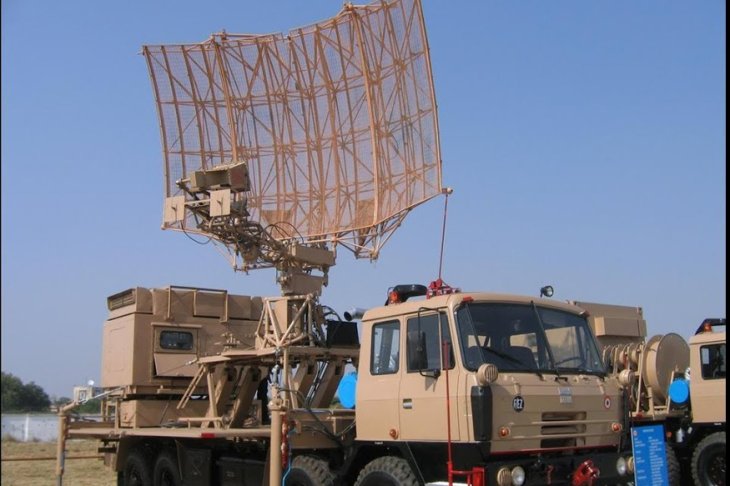
In the military, radar is the most familiar technology, with radar antennas at airports as well as other ground stations. One of its military applications is to detect approaching missiles or airplanes of enemies. In India, Defence Research & Development (DRDO) has Electronics and Radar Development Establishment (LRDE) to develop radars. LRDE has successfully developed many radar systems which have been inducted in mass numbers by the Indian Armed Forces.
And the following are the radar systems used by the Indian army.
1. INDRA Radar (Indian Doppler Radar)
This is an array of 2D radars that DRDO developed for India’s Army and Air Force. While the function of INDRA-I is to detect targets at low levels, the function of INDRA-II is to serve for intercepting targets from the ground base.
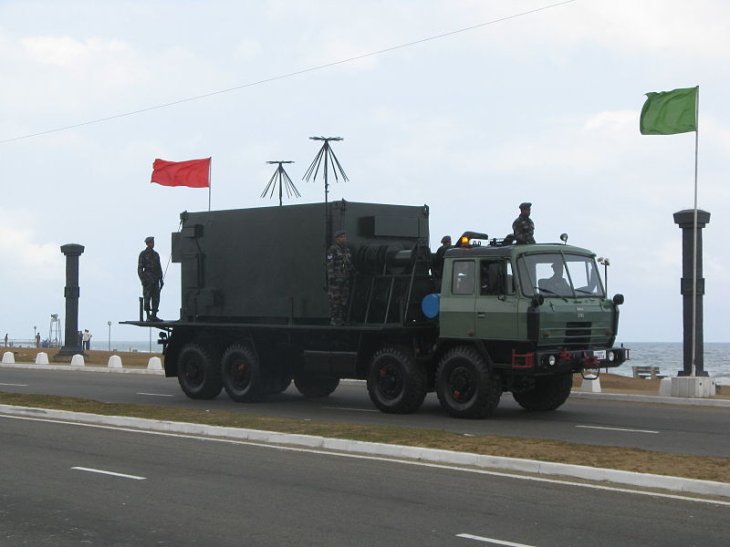
The INDRA-I, carried in two-wheel vehicles, has several features including integrated IFF, Track While Scan and high scan rate to detect targets moving at high speeds. Bharat Electronics Limited was responsible for developing this system. Since this was the first large radar system that it’s designed and made in number to serve the defence forces, the INDRA-I became a landmark project for DRDO.
2. RAJENDRA Radar
This system, the heart of the Aakash Air Defence System, is a multifunction electronically scanned array. It is a PESA (passive electronically scanned array) radar, whose task is guiding Aakash missile to reach its target. It is attached to a two-wheel vehicle and performs several functions including guidance, tracking, and surveillance. This is not only the heart of the Akash surface-to-air missile system but also the main fire control sensor for an Akash battery.
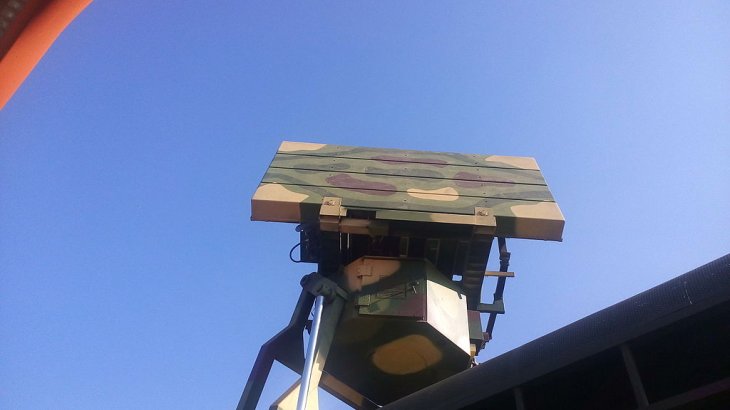
3. ROHINI Radar
This is an operating in S-band 3D air surveillance radar which is ground-based and operates medium range. The system detects and tracks air targets severe electronic warfare operation environment. It can calculate how high projectiles are flying accurately and handle multiple targets at the same time. The ROHINI is placed on Tatra mobile platform so that it can be transported to the battlefront easily.
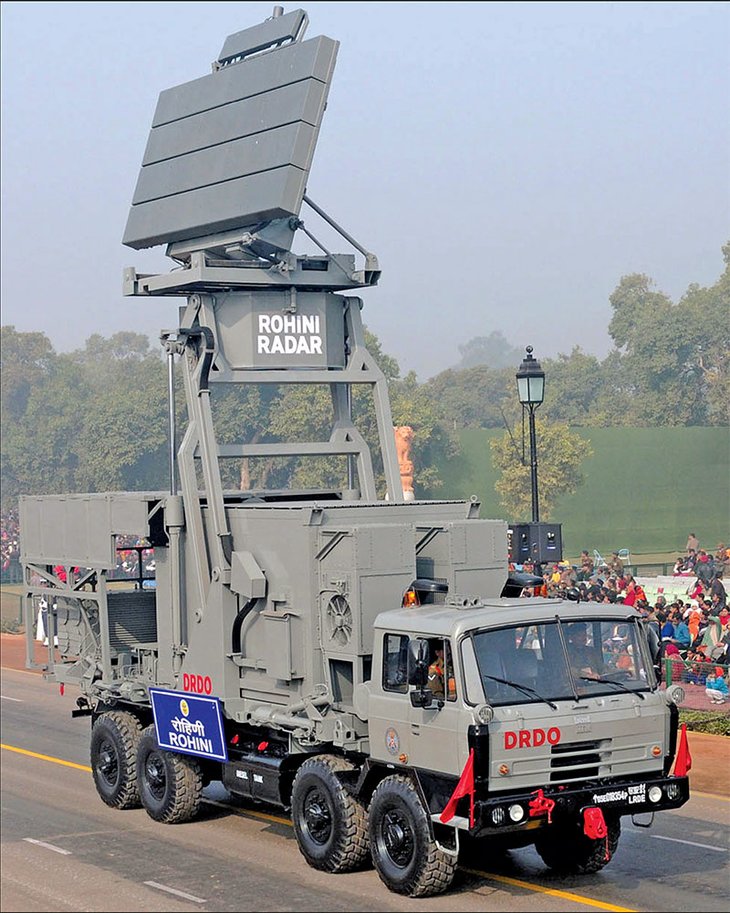
The system operates at 15km of height and covers as far as 170km, it can track targets such as missiles and fighter jets that move at supersonic speeds of over 3,000 km/h. There are a number of ECCM features coming with this radar like jammer analysis and frequency agility. Besides the main Rohini, there’s IFF – a secondary surveillance radar, to tell between friendly and hostile aircraft. Each year, there shall be around 100 pieces built along with 20 radars.
4. Swathi Weapon Locating Radar
This made-in-India phased radar is tasked with locating mobile artilleries. It’s capable of detecting and tracking incoming rocket as well as artillery fire and find the origin for Counter-battery fire. DRDO developed this radar system in collaboration with LRDE and BEL. The system is able to simultaneously track seven targets and can help the Indian Army locate the positions of Pakistani artillery across the LOC.
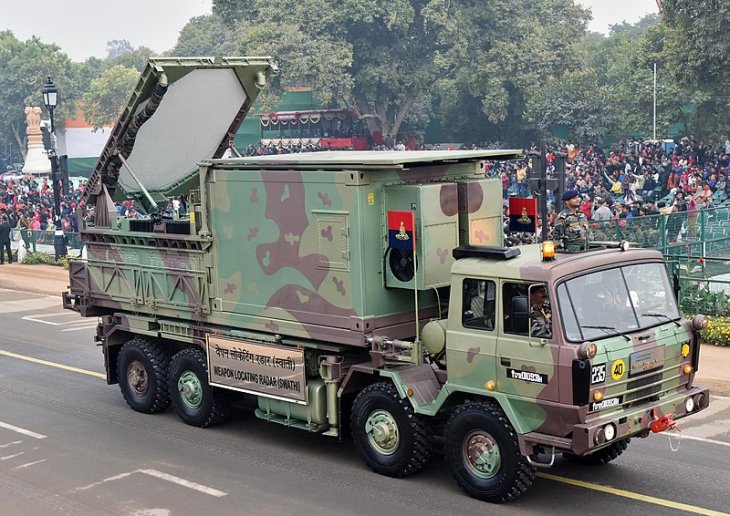
5. AEROSTAT Radar
Aerostats are helium-filled fabric envelopes that can go as high as 4.6 kilometers, tied to the ground with a single cable. The largest aerostat can lift as much as 1,000 kilograms of payload to provide downward-looking, low-level radar coverage.
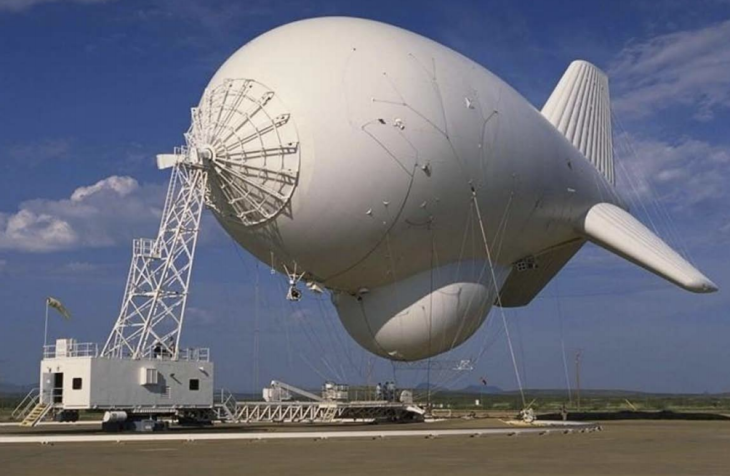
Featured Stories

Features - Jul 01, 2025
What Are The Fastest Passenger Vehicles Ever Created?

Features - Jun 25, 2025
Japan Hydrogen Breakthrough: Scientists Crack the Clean Energy Code with...

ICT News - Jun 25, 2025
AI Intimidation Tactics: CEOs Turn Flawed Technology Into Employee Fear Machine

Review - Jun 25, 2025
Windows 11 Problems: Is Microsoft's "Best" OS Actually Getting Worse?

Features - Jun 22, 2025
Telegram Founder Pavel Durov Plans to Split $14 Billion Fortune Among 106 Children

ICT News - Jun 22, 2025
Neuralink Telepathy Chip Enables Quadriplegic Rob Greiner to Control Games with...

Features - Jun 21, 2025
This Over $100 Bottle Has Nothing But Fresh Air Inside

Features - Jun 18, 2025
Best Mobile VPN Apps for Gaming 2025: Complete Guide

Features - Jun 18, 2025
A Math Formula Tells Us How Long Everything Will Live
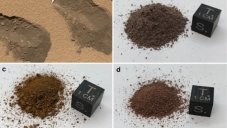
Features - Jun 16, 2025
Comments
Sort by Newest | Popular